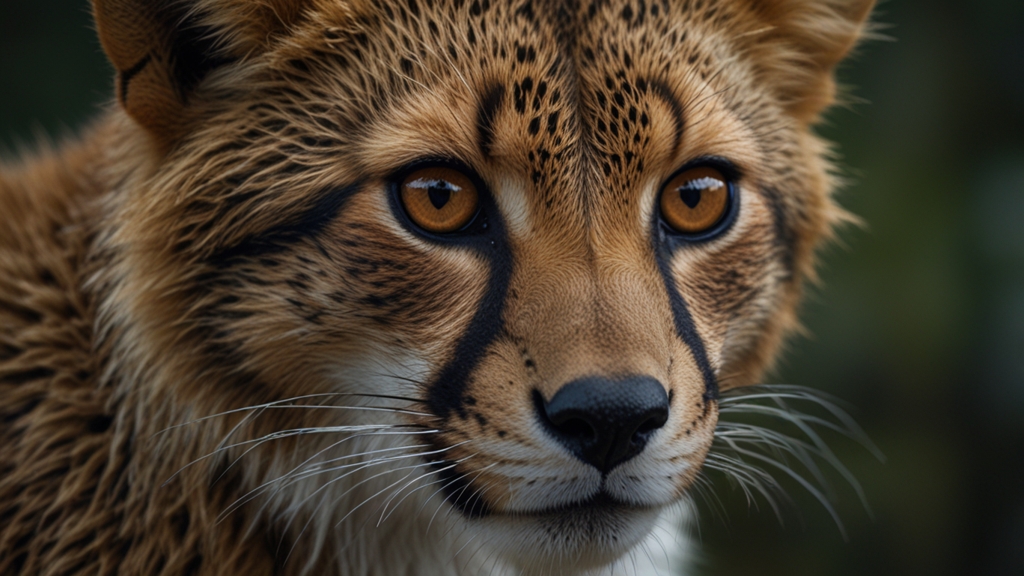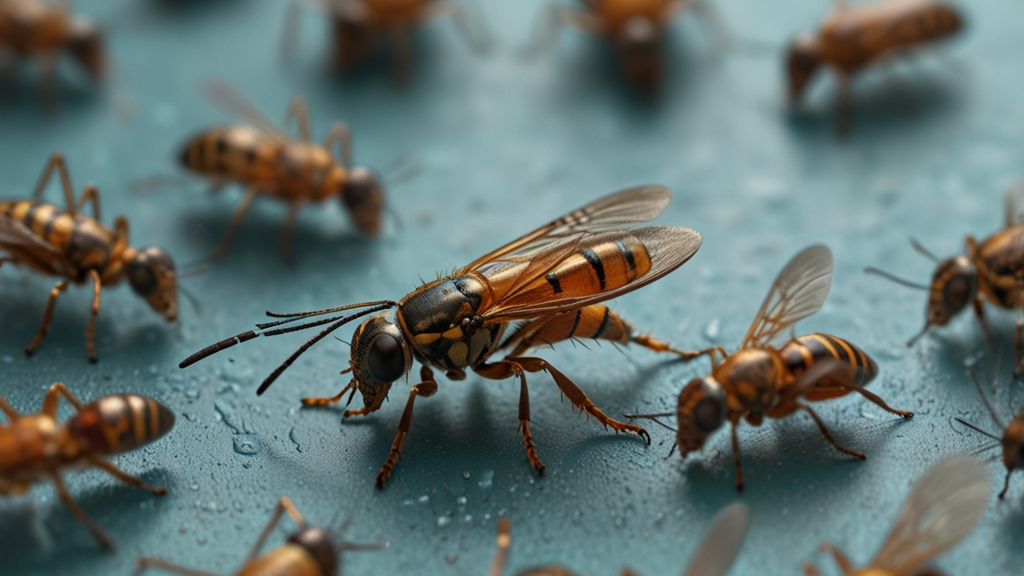Dancing with Dolphins: The Intelligence of Marine Mammals Revealed
In the vast expanse of our planet's oceans, few encounters captivate the human imagination as profoundly as dancing with dolphins. These graceful, playful creatures have long been the subjects of mythology, art, and scientific study. The intelligence of dolphins and their marine mammal kin is increasingly coming to light, revealing remarkable insights into their behaviors, social structures, and cognitive abilities.
The Brainpower Behind the Beauty
Dolphins, particularly the bottlenose species, exhibit an impressive range of intelligent behaviors. Scientific studies have demonstrated their capacity for problem-solving, complex communication, and even self-awareness. Dolphin brains are highly developed, with a neocortex more complex than our own in some respects. This neural sophistication grants them advanced cognitive abilities, comparable in many ways to primates.
Complex Communication Systems
One of the most intriguing facets of dolphin intelligence is their communication system. Dolphins utilize a variety of sounds, including clicks, whistles, and body movements, to convey information. Research has indicated that these vocalizations are a form of language, complete with structure and syntax. Dolphins not only recognize individual members of their pods but can also create unique “signature whistles” that serve as personal identifiers, much like a name.
“The sophistication of dolphin communication has profound implications for our understanding of non-human intelligence,” says Dr. Denise Herzing, a marine biologist who has spent over three decades studying wild dolphin communication. “They demonstrate the potential for a complex, abstract language quite unlike anything we've encountered in other species.”
Social Structures and Emotional Depth
Dolphins exhibit intricate social structures, forming pods that operate with a high degree of cooperation and coordination. These pods engage in cooperative hunting, care for injured or ill members, and display behaviors indicative of strong emotional bonds. Observations of dolphins mourning deceased pod members suggest a level of emotional depth previously thought unique to humans and great apes.
Mirror Test and Self-Awareness
Self-awareness is a hallmark of advanced intelligence. The mirror test, in which an animal is marked with an odorless dye and observed for self-recognition in a mirror, has shown that dolphins possess a level of self-awareness. They investigate the mark on their bodies while looking in the mirror, indicating they understand that the reflection is of themselves and not another dolphin.
“Such demonstrations of self-awareness challenge our traditional views of intelligence,” notes Dr. Lori Marino, a neuroscientist and expert in animal behavior. “It suggests that dolphins do not just passively experience their environment; they actively reflect upon their actions and their place within their social structures.”
Tool Use and Problem-Solving Abilities
The use of tools has long been considered a sign of intelligence. Dolphins have been observed employing marine sponges to protect their snouts while foraging on the seafloor, a behavior passed down through generations in some dolphin communities. This not only demonstrates problem-solving abilities but also cultural transmission of knowledge, a trait once believed to be solely human.
Implications for Conservation
Understanding the depth of dolphin intelligence has far-reaching implications for conservation efforts. Recognizing their complex cognitive and emotional lives necessitates a deeper respect and ethical considerations for their treatment in the wild and in captivity. Conservation strategies must account not only for their biological needs but also for their social and psychological well-being.
“Protecting dolphin habitats is paramount, as is rethinking our interactions with these intelligent beings,” asserts Dr. Sylvia Earle, a renowned oceanographer. “Our stewardship of the oceans should reflect our growing understanding of the remarkable intelligence and rich inner lives of marine mammals.”
Conclusion
Dancing with dolphins, in both a literal and metaphorical sense, opens our eyes to the incredible intelligence of these marine mammals. Their complex communication, social structures, self-awareness, and problem-solving skills challenge our perceptions and invite a deeper connection with the natural world. As we continue to uncover the secrets of dolphin intelligence, it becomes clear that these majestic creatures deserve our respect, admiration, and concerted efforts toward their conservation.









